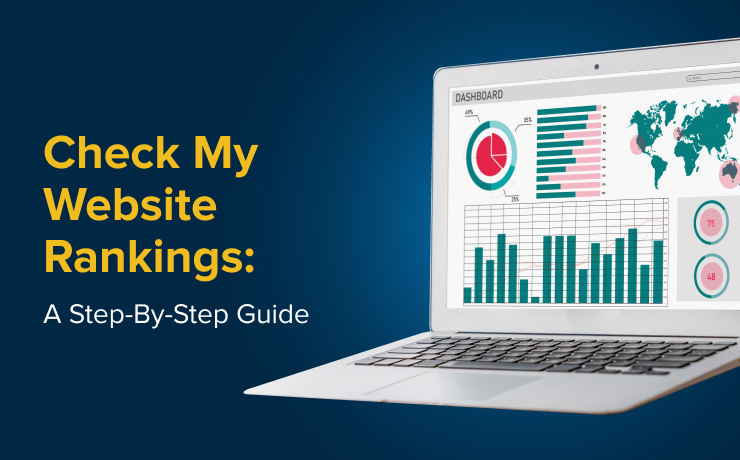
SmartSites understands that knowing where your website stands in search engine rankings is important for refining your digital marketing strategy. Whether you are focusing on website design, PPC advertising, or broad search engine optimization, knowing how to “check my website rankings” provides invaluable insights that can help steer your efforts in the right direction. Here is a straightforward guide to help you determine how your site is performing in the digital realm.
Utilize Google Search Console
Google Search Console (GSC) is your first stop when you want to check your website’s rankings. It brings a wealth of information about your website’s presence in Google search results.
- Set up your account: If you have not already, set up a GSC account and verify your website.
- Navigate to the Performance tab: Here, you can view your site’s performance, including average positions for various queries, click-through rates, and more.
- Filter your data: You can filter data by queries, pages, countries, devices, and search appearance options to get detailed insights into specific aspects of your site’s performance.
Use SERP Watcher Tools
For those looking to streamline the process, SERP watcher tools like SEMrush, Ahrefs, or Moz can be extremely helpful. These tools not only provide detailed rankings but also offer insights into your competitors’ strategies.
- Choose a tool: Select a SERP watcher tool that fits your needs and budget.
- Set up tracking: Input the domain and key phrases you want to track. Most tools allow you to track keywords by geographical location and device type.
- Analyze the reports: Use the tool’s reporting features to know your rankings over time, identify trends, and get alerts when significant changes occur.
Conduct Manual Checks
While automated tools give convenience and detailed reports, performing manual checks can also give you a real-time snapshot of where your pages stand.
- Use incognito mode: Open your browser in incognito mode to avoid personalized search results.
- Check rankings manually: Type your target keywords into Google and note the position of your pages. Remember, this method brings This a more generalized result and might vary based on location and personal search history.
Analyze the Results
Acknowledging the data you collect is crucial. Look for patterns or changes in your rankings to identify which SEO strategies are working and which areas need more attention.
- Identify improvements: Note which changes to your social media marketing or content strategies correlate with improvements in rankings.
- Spot declines: Quick identification of ranking declines can help you rectify SEO issues before they impact your traffic significantly.
Implement SEO Improvements
Based on your findings, implement SEO improvements to enhance your site’s ranking.
- Optimize content: Ensure your content includes relevant keywords, provides value, and matches the search intent of your audience.
- Improve site speed: Enhance the loading speed of your website, as this is a significant ranking factor for Google.
- Build quality backlinks: Increase the number of high-quality backlinks to your site to boost your domain authority.
Continuous Monitoring
SEO is not a set-it-and-forget-it aspect of digital marketing. Continuous monitoring and tweaking of your strategies based on the ranking data you collect are essential. Set regular intervals, perhaps monthly or quarterly, to review your rankings and make necessary adjustments. By following this guide, you can gain a comprehensive understanding of how to check and improve your website rankings. Remember, SEO is a long-term commitment, and consistency is key to seeing your website climb up the search engine result pages.
 Free
Consultation
Free
Consultation Free
Google Ads Audit
Free
Google Ads Audit








